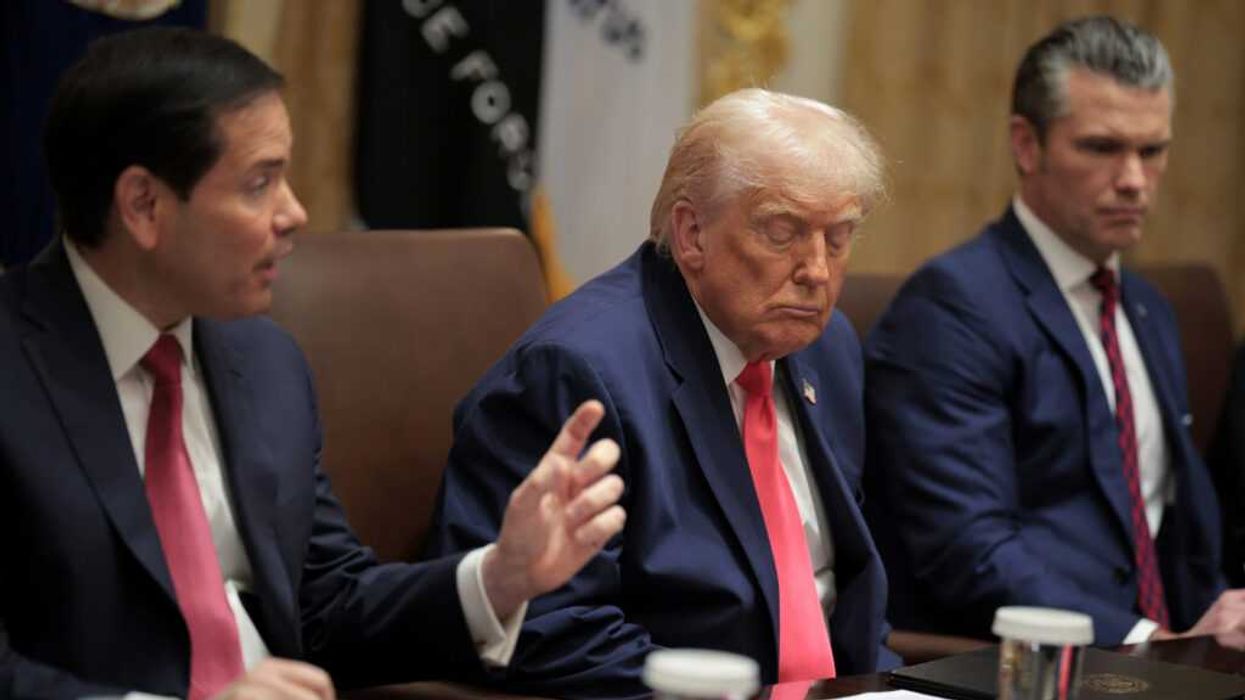The Supreme Court heard oral arguments Wednesday in a North Carolina case that could eliminate the power of governors and state courts to check the authority of legislatures when it comes to elections — although a majority of the justices seemed skeptical of endorsing the so-called independent state legislature theory.
Republicans in the North Carolina legislature are arguing in Moore v. Harper that the Constitution’s elections clause provides legislatures the authority to set election rules for Congress and the presidency, without any intervention from state courts to ensure the rules are in compliance with the state’s Constitution.
Opponents claim a ruling in favor of ISL would grant legislators full capacity to gerrymander electoral maps and pass voter suppression laws. While the nature of justices’ questions and comments do not guarantee a decision one way or another, enough conservatives appear to be thinking more in line with liberal members of the court rather than their most right-leaning colleagues.
Prior to today’s oral arguments, four of the conservative justices — Samuel Alito, Neil Gorsuch, Brett Kavanaugh and Clarence Thomas — seemed to have embraced ISL, with Justice Amy Coney Barrett not yet siding with either side. Chief Justice John Roberts and the liberal justices — Ketanji Brown Jackson, Elena Kagan and Sonia Sotomayer — have expressed opposition to ISL in the past.
Alito, Gorsuch and Thomas supported ISL in their comments and questions Wednesday, although some court watchers believe Kavanaugh and Barrett may go for a lesser application – if not outright oppose the theory.
David Thompson, the attorney representing the North Carolina legislature, got right to the heart of his position during oral arguments: “The elections clause requires state legislatures specifically to perform the federal function of prescribing regulations for federal elections. States lack the authority to restrict the legislatures' substantive discretion when performing this federal function.”
(The background: During the redistricting process, North Carolina legislators drew a congressional map that was eventually thrown out by the state’s Supreme Courts, which ruled it was a partisan gerrymander in violation of the state Constitution. However, Republican lawmakers appealed the ruling, stating that the U.S. Constitution gave them the authority to determine all aspects of election laws, subject only to possible congressional oversight. They also argued that the state court did not have the jurisdiction to redraw the map after it was enacted by lawmakers.)
Thompson continued his argument by pulling evidence from Massachusetts’ 1820 Constitutional Convention. He concluded that “the Founders tasked state legislatures with federal functions that transcend any substantive limitation sought to be imposed by the people of the state.”
Kagan made clear her apprehension toward the lack of accountability that would result if the court rules in favor of ISL.
“I think what might strike a person is that this is a proposal that gets rid of the normal checks and balances, on the way big governmental decisions are made in this country,” she said. “And you might think that it gets rid of all those checks and balances at exactly the time when they are needed most."
Conservative justices have been using “originalist” arguments in many of their decisions, arguing that the language used by the Framers should be the basis for court rulings. Jackson, who has embraced a form of originalism, said the Founders sought to limit the powers of state legislatures by implementing checks and balances.
Alito, looking specifically at the North Carolina gerrymandering situation that spurred the case, said the state Constitution would take precedence over the state’s legislature. He also questioned the role of the state’s Supreme Court and whether this judicial branch had the jurisdiction to take over the drawing of electoral maps.
“There must be some limit on the authority of state courts to countermand actions taken by state legislatures when they are prescribing rules for the conduct of federal elections,” he said.
Roberts seemed to be staking out a compromise position that would both limit court authority but retain a governor’s veto power. Kavanaugh and Barrett also sounded similar themes, indicating the court is unlikely to rule in favor of the most stringent application of ISL.
Barrett seemed the least tied to a single argument and, if Kavanaugh sides with the other conservatives, she would be the tie-breaker when the court issues its decision next summer.




















